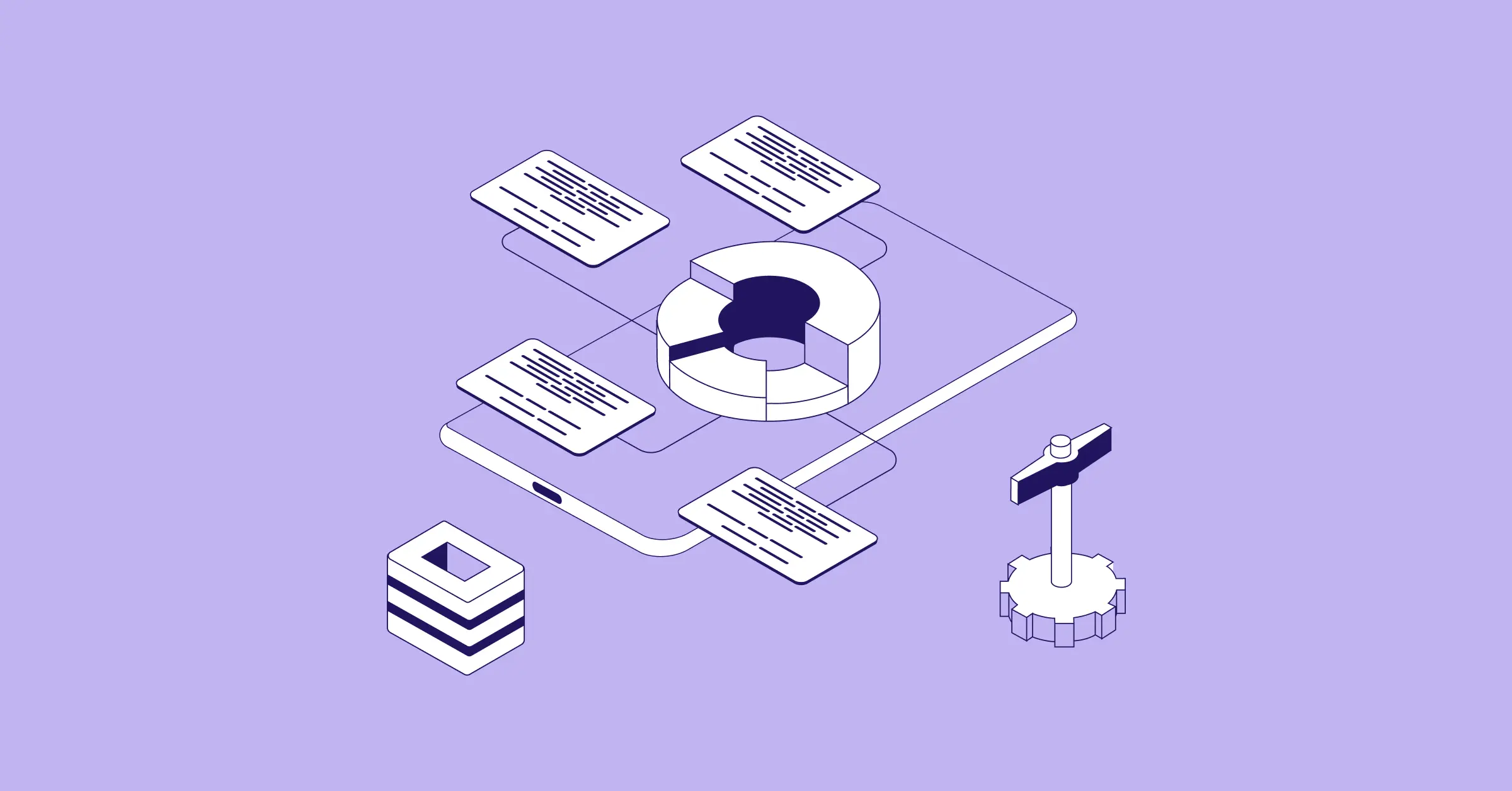November 03, 2022
10 Ways to Improve Your Spend Management Strategy

Sign up for our newsletter
Stay informed with the latest trends and best practices in finance and procurement.

Spend management describes the process used by a business to manage the way the company spends its resources. This includes collecting, maintaining, categorizing, and collating procurement data.
A spend management strategy is a comprehensive approach businesses use to monitor, track, and adjust any operational spend within their organization. Effective spend management helps to mitigate financial risks, reduces extraneous spending, improves profitability, and enhances supplier relations.
This article will cover the following topics:
- Why is spend management important?
- 10 ways to improve your spend management strategy
- How to use Fintech to improve your spend management strategy
The Importance of spend management
Spend management is important because it is the driving force behind whether or not a company can realize a long-term profit or not. The right spend management strategy encourages consistent and sustained growth over time and actively contributes to a business’s financial health. By taking the time to develop and execute an effective spend management strategy, a company can protect its interests and ensure that there is more money coming in than going out.
10 ways to improve your spend management strategy
Many organizations either don’t proactively plan out their company spend or use manual methods to carry out their procurement processes. However, this can prove to be very costly in the long run. Without a dedicated approach to proper spend management, a company can quickly lose ground and find itself upside down on its spectrum of profit. Below are ten ways to improve your spend management strategy for long-term success.
1. Define needs
The first way to improve your spend management strategy is to define the needs of your business. Gaining a solid comprehension of where the business currently stands will help outline business objectives and goals. When defining the needs of the organization, it is helpful to ask specific questions to assess the current situation. Some of the questions to explore during this stage include:
- Is the team expanding?
- How effective are the systems that are in place?
- Are you currently using manual or paper systems?
- Is integration needed, or is a tech upgrade beneficial?
- Is your team aware of spending limits and requirements?
- Is your team empowered to make informed spending choices?
The answers to these questions can inform your choices about how to proceed with improving your spend management strategy.
2. Digitize processes and records
Paper-based records, invoices, and receipts can lead to mass confusion, disorganization, and room for error. After examining and defining the company’s needs, the next step is to move toward digitizing processes and records. With a digital process firmly entrenched into the company’s spend management strategy, the company can significantly improve process efficiency. Other benefits of digitizing company spend include enhanced accountability, increased cost savings, and better risk management.
3. Evaluate Vendors
Procurement decision-makers must recognize the importance of periodically evaluating existing vendors. Making this practice a regular part of the ongoing spend management strategy can prove beneficial in a number of ways. These benefits include improved supplier relationships and better identification of top vendors. Periodic supplier audits can be completed with the right financial technology tools. These are tools with detailed spend analytics and reporting which can inform better decision-making in the spend management process. With this enhanced data, companies can assess:
- Which suppliers to focus on
- Make better plans to mitigate supply risks
- Track and adjust as needed for supplier adjustments
- Direct spending towards the top-performing vendors
4. Enable Collaboration
Collaboration among team members creates more continuity in the procurement process, which equates to a reduction in maverick spending. When everyone is on the same page about spending, it is easier to eliminate overspending and cut unnecessary costs. Collaboration and cohesion between the finance and procurement departments can be better accomplished using financial technology that offers a unified platform. With an enhanced method of collaborating, team members can more easily:
- Adhere to company policies and procedures
- Maintain budget guidelines
- Align with approval hierarchies
- Easily access critical data
5. Establish & implement custom spend policies
To effectively drive growth and increase long-term profitability, an organization must have a strategic approach to creating custom spend policies. These policies should align with pillar business goals, spend guidelines, and procurement best practices. Having the right spend policies will ensure that each team member makes decisions that are aligned with core spending objectives.
6. Connect procurement & spend management tech stacks
Procurement is a complex process that necessitates efficient and strategic communication with the finance department. This can prevent friction and errors that can arise when both departments interact. Finance teams often lack visibility and insight into the procurement process, including material and inventory needs. By integrating expense management and procurement software, this issue can be alleviated. Connecting procurement and spend management tech stacks can bridge the gap between the departments and ensure more cohesion and efficiency.
7. Categorize expenses
Categorizing expenses is one of the most effective ways to improve your spend management strategy. Categorizing allows for increased visibility into each procurement process area, so adjustments can be made wherever needed. With effective categorization, it is much easier to speed up the procurement of high-priority items or wait on the approval of those less important. Being able to prioritize spend affords a greater level of control and efficiency within the spend management process.
8. Analyze & Optimize spend data
Analyzing and optimizing spend data are critical components of any spend management strategy. Without data and analytics, it will be almost impossible to know where to make adjustments and improvements. Analytics are easier to generate by using automated software that can produce specific reports and exact data. This provides greater visibility into which categories are producing the majority of the outflow. Procurement leaders can then determine whether spending in these areas is vital or whether certain expenses can be minimized. Undoubtedly, access to critical data can empower better decision-making and improve the spend management strategy for the long haul.
9. Centralize spend information
Centralizing spend information ensures that all of the relevant information about the procurement process is in one central location. This guarantees easier accessibility and better collaboration. With centralized spend information, team members don’t have to look in multiple locations for the information they need. Instead, they can access all data and information in one central place. The best way to do this is with automation, as it ensures that critical and sensitive data is fully accessible as well as better protected. Choosing the right procurement software that integrates effectively with your ERP system can be beneficial for centralizing spend data.
10. Gain insights, analytics, and forecasting tools
The analytics and data that have been amassed and centralized using automated software can then be used to forecast effectively. Planning for the future is integral to developing an organization’s spend management strategy. Using data to forecast, gain insight, and effectively analyze key metrics has several benefits.
With proper analysis and forecasting, a company can better track data trends and make decisions accordingly. In addition, an organization can better plan for potential fluctuations in the demand and supply chains. Forecasting helps to prepare a business effectively so they can avoid potential losses later on down the line.
Improve Your Spend Management Strategy With the right Fintech Solution
The right financial technology solution that automates your spend management processes can make all the difference in successful spend management optimization. Automated systems exceed the potential of manual ones because they offer error-free and time-efficient processes.
With a practical financial platform in place, developing a spend management strategy becomes easy and straightforward. One such solution, PayEm, offers the following benefits when it comes to spend management strategy:
- Automation and connection of all your business finance processes
- Complete visibility and control over company spend
- Built-in approval hierarchy for hassle-free approvals
- Each subsidiary holds accounting and financial autonomy
- Multi-territory management for global corporations
- Set rules and designate limits to better manage spend.
PayEm is the fintech solution many businesses trust to handle all of their spend management needs. As one comprehensive solution, it integrates easily with your existing ERP and offers robust and dynamic features that appeal to upwardly mobile companies. Contact PayEm’s experts for a commitment-free, no-cost demo of the platform.

